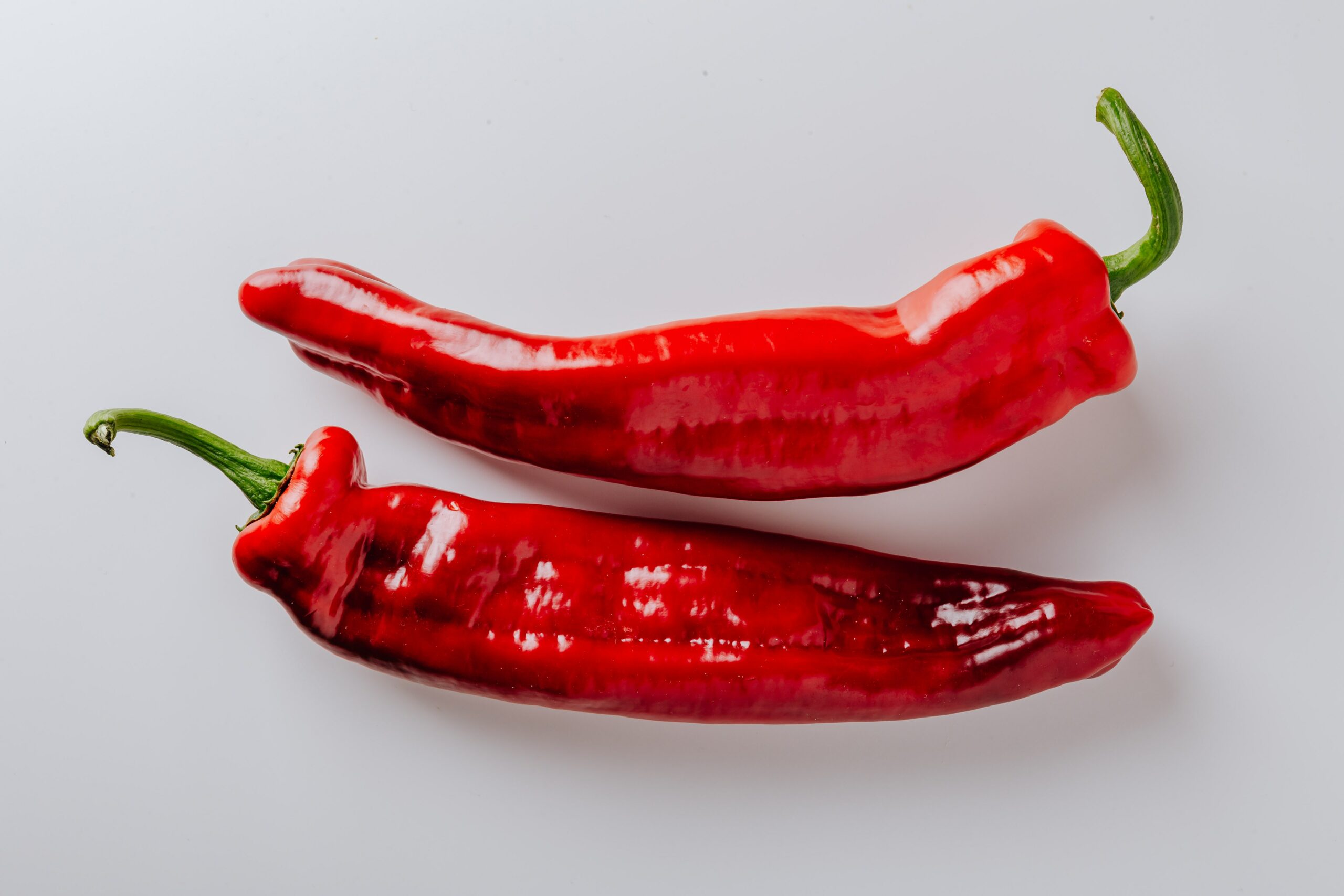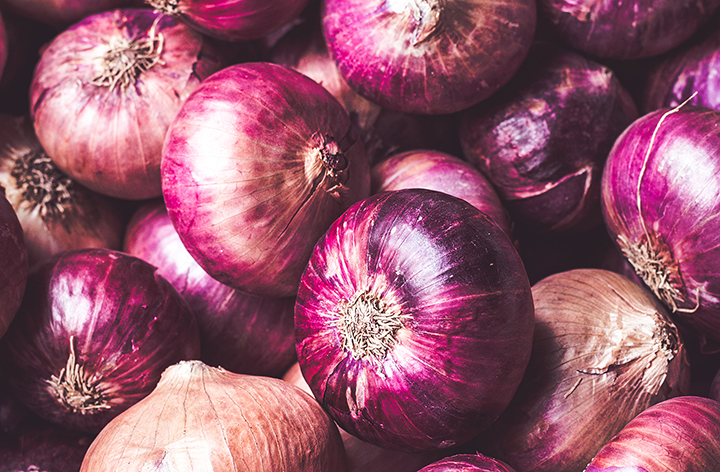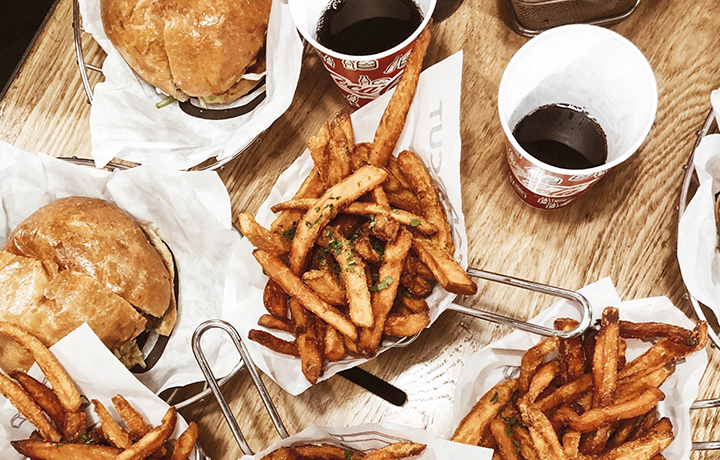3 Types of Food That Affect Your Mental Health
What you eat has a direct impact on your mental health.
Although most conventional doctors only talk about food and physical health, the truth is that food changes your mental health, too.
Because food either increases or decreases stress in your body.
And since your mind is your body’s captain, helping it navigate the physical world, any stress in your body also causes stress in your mind.
Stress happens any time your body has a hard time doing its job.
When your gut health is off, when your blood sugar isn’t stable, when you’ve got inflammation, when there’s stagnation and energetic blockages, all of these are stressful situations that your body needs to overcome in order to function properly.
And all of these situations can be mitigated by food.
There are 3 types of food that can affect your mental health.
You already know that on a purely physical level, food provides the building blocks for your body.
What you may not think about is that the nutrients in your food also catalyze chemical reactions that serve as the foundation of your physiology.
And the nature of these chemical reactions either agitates, sedates, or harmonizes your system.
Foods that agitate are hot.
They make things move quickly.
They erupt. And if left unchecked, they can lead to inflammation.

When you have agitation in your system, you’ll notice redness, sharp pain, fevers, and other acute conditions.
And you’ll see an effect on the emotional plane as well.
Mood swings, explosive anger, restlessness, distraction and frustration are all sings that there’s agitation in your system.
And the food you’re eating is contributing to that.

Foods that sedate are on the other end of the spectrum.
They clog your system.
They’re cold, immobile, and sticky.
When you eat too many sedating foods, you’ll start to notice symptoms like lethargy, fogginess, constipation, bloating, dull pain, and heaviness in your body.
Emotionally you’ll feel lazy, apathetic, and and depressed.
You feel like you lack purpose and can’t motivate yourself to change, even when you “know better”.
But food is more than just a physical building block.
Food has an energetic effect on you as well.
Because at its core, everything physical is made up of energy.
Zoom in to the atomic level and you’ll find about 7 octillion (yes, that’s a real number) atoms that make up your body.
Every single one of these atoms comes either from the food you eat, the liquid you drink, or the air you breathe, meaning you’re inextricably connected to the world around you.
And when you look at the anatomy of every single one of these atoms, you’ll see that it is composed almost entirely of empty space.
This means that while your body looks solid, it’s actually mostly empty.
This empty space is the space in which the energy of life flows.
If everything were as dense as we imagine it to be, nothing would ever change.
The empty space is how movement has space to arise, and it is the source of all creation.

When life is allowed to flow through this empty space, you thrive.
When the energy is erratic or stuck, you suffer.
Flourishing comes from flow.
In order to be healthy in mind, body, and spirit, we need to support life in flowing as it wants to.
And food is one of the most powerful ways to do this.
Because not only does food provide physical building blocks —vitamins and nutrients and so on— food also has an energetic quality that affects the flow of life in your system.
Ayurvedic practitioners have studied the effect food has on the mind and body for thousands of years.
Ayurveda is India’s traditional medicine system, but it doesn’t just prescribe medicines to cover up symptoms like modern conventional medicine does.
Ayurveda translates to “The Science of Life”.
And practitioners of Ayurveda have accumulated thousands of years of observation, wisdom, and direct experience to understand how we can eat and live to promote harmony within ourselves and the world at large.
It’s through thousands of years of practice that they’ve identified 3 qualities that affect how we feel, and they call these sattva, rajas, and tamas.
Sattva is harmonious, rajas is agitated, and tamas is sedate.

Ideally, the food you eat has a “sattvic” quality.
Sattva is synonymous with health.
It doesn’t aggravate and it doesn’t sedate.
Sattva goes with life’s flow.
And when you eat a sattvic diet, you feel the effects in both your mental state and your physical body.
Sattvic foods are seasonally appropriate, freshly harvested, whole, local, and organic.
But before we get into any specifics, it’s important to note that there is no such thing as a healthy food.
Different foods have different effects on different people at different times.
The amount you eat of any specific foods and the cooking method you use will also change the effect it has on you.
One person’s superfood will make another person sick.
Part of the balancing act is learning to read the signs and symptoms your body is sending you so you can eat the foods that will reduce whatever is excess within you, and strengthen whatever’s deficient.
And it’s really hard to learn how to do this by yourself, which is why it’s so important to have the support of a trained practitioner to guide you as you learn about what makes your unique body and mind thrive.
But generally speaking, sattvic foods include most fruits and vegetables, most whole grains, legumes, and nuts.

Rajasic foods are the ones that agitate your system.
They are stimulating, which can be helpful in small doses.
If you want to support your digestion, for example, using drinking some warm lemon water can do wonders.
Both pre and probiotic foods are rajasic in nature, and are essential for gut health which is essential for mental health.
But you have to be really careful not to go overboard or you’ll end up adding stress to your system.
Different people have different tolerance levels, and the amount that works for you can also change over time depending on the climate you are in and the context of your overall diet and lifestyle.
There are more specifics than I’m listing here, but generally speaking rajas foods include the following:
- Spicy foods
- Sour foods
- Very salty foods
- Raw fruits and vegetables
- Nightshades (potato, eggplant, peppers, tomatoes)
- Alliums (onions, garlic, leeks, etc.)
- Fermented foods
- Vinegar
- Caffeine
- Any food that you have a sensitivity or allergy to

Tamasic foods on the opposite end of the energetic spectrum.
They sedate.
They’re heavy.
They clog your system, and slow everything down.
Tamasic foods are dead, rotten, and impure in some way, and they include the following:
- Refined ingredients
- Overripe fruit and wilted vegetables
- Frozen foods
- Packaged foods, foods that contain preservatives or synthetic ingredients
- Leftovers
- Microwaved foods
- Charred and smoked foods
- Deep fried foods
- Canned foods
- Dried ingredients that are more than a year old
- Rancid oils; canola, rapeseed, safflower oils; margarine
- Spices that are stored in the light
- Alcohol
- Animal flesh

Of course you don’t have to be perfect!
Stressing out because you have to don’t have time to cook in the middle of the day and have to eat leftovers isn’t going to help you reduce stress or feel any better.
But as much as you can, aim to include more sattvic foods in your diet.
Start noticing how your mind and body respond when you eat different ingredients.
Take it slow and experiment.
And if you really want to have fun, you can extrapolate these ideas onto the rest of your life.
What activities are stimulating?
What habits are sedating?
When do you feel your best.
The more you pay attention, the more you’ll learn.
And if you’d like support in figuring out what works for your unique body in your unique circumstances, email me now for a free 20-minute consultation.
I can’t wait to see where this takes you!
Further Reading:
What You Eat for How You Feel by Divya Alter
Everyday Ayurveda Cooking for a Calm, Clear Mind: 100 Simple Sattvic Recipes by Kate O’Donnell
https://www.halepule.com/guides/ayurveda/sattvic-foods





